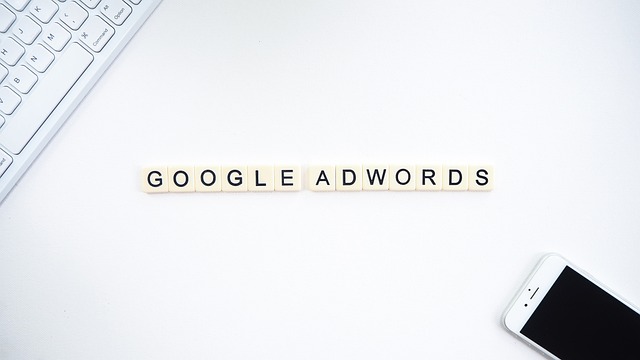Google Ads is a pay-per-click advertising platform that allows businesses to create and run ads on Google search results pages and on other websites that show ads from Google’s advertising network. One of the ad formats available on Google Ads is called responsive search ads (RSAs). So what are RSAs and how does Google generate responsive search ads?
RSAs are a type of text ad that use machine learning to automatically generate multiple variations of an ad and test which ones perform the best. The goal of RSAs is to provide the most relevant and effective ad copy for a given search query, increasing the chances of a user clicking on the ad. If you were also wondering how does Google generate responsive search ads, well here’s the answer.
Here’s how does Google generate responsive search ads?
- Businesses start by creating a set of headlines and descriptions for their ad. Each headline can have up to 30 characters and each description can have up to 90 characters. Businesses can provide up to 15 headlines and 4 descriptions, resulting in a total of up to 15 x 4 = 60 ad combinations.
- Once the ad copy is ready, businesses can set up their RSA campaign in Google Ads. This involves selecting the target keywords, setting the budget, and choosing the target audience for the ad.
- Once the RSA campaign is ready, Google Ads uses machine learning algorithms to automatically generate and test multiple variations of the ad based on the provided headlines and descriptions. The algorithms consider factors such as the search query, the user’s location, and the user’s past search history to determine which ad combinations are most relevant and likely to result in a click.
- As users search for keywords related to the business’s products or services, Google Ads displays the RSA to them. The algorithm determines which ad combination to show based on which ones have performed the best in previous tests.
- Google Ads continuously tests and optimizes the ad combinations to determine which ones perform the best. The algorithm uses a variety of factors to determine the performance of each ad combination, including the click-through rate (CTR), the conversion rate, and the cost-per-click (CPC).
- As the RSA campaign runs, Google Ads collects data on the performance of each ad combination and uses this data to continually improve the algorithm’s ability to select the most effective ad combinations. Over time, the algorithm will learn which ad combinations work best for a given search query and will show those combinations more often.
What after your Google ads is live?
Businesses can use the data and insights that Google Ads provides them to optimize their RSA campaigns. This can involve adjusting the ad copy, adjusting the targeting, or adjusting the budget. By continually testing and optimizing their RSAs, businesses can increase the effectiveness of their campaigns and get the best return on their advertising investment.
Pros and cons of Google responsive search ads
Here are some pros and cons of responsive search ads:
Pros:
- RSAs use machine learning algorithms to optimize ad copy, which can increase the relevance and effectiveness of the ad.
- RSAs allow businesses to test and optimize multiple variations of an ad, increasing the chances of finding the most effective ad copy.
- RSAs can save time and effort for businesses, as they don’t need to manually create and test different ad combinations.
- RSAs can provide valuable data and insights for businesses to optimize their campaigns.
Cons:
- RSAs require a large set of ad copy to be effective, which can be time-consuming to create.
- RSAs may not perform as well as manually-created ads in some cases, especially if the ad copy is not relevant or compelling.
- RSAs may not be suitable for businesses with a narrow target audience or a specific message they want to convey in their ad copy.
- RSAs may not be as effective in highly competitive markets, where manually-created ads may be needed to stand out.
Conclusion
In summary, responsive search ads use machine learning algorithms to generate and test multiple variations of an ad. After that they show the most effective combinations to users based on their search queries and other relevant factors. This allows businesses to present the most relevant and compelling ad copy to their potential customers, increasing the chances of a user clicking on the ad.


Leave a Reply